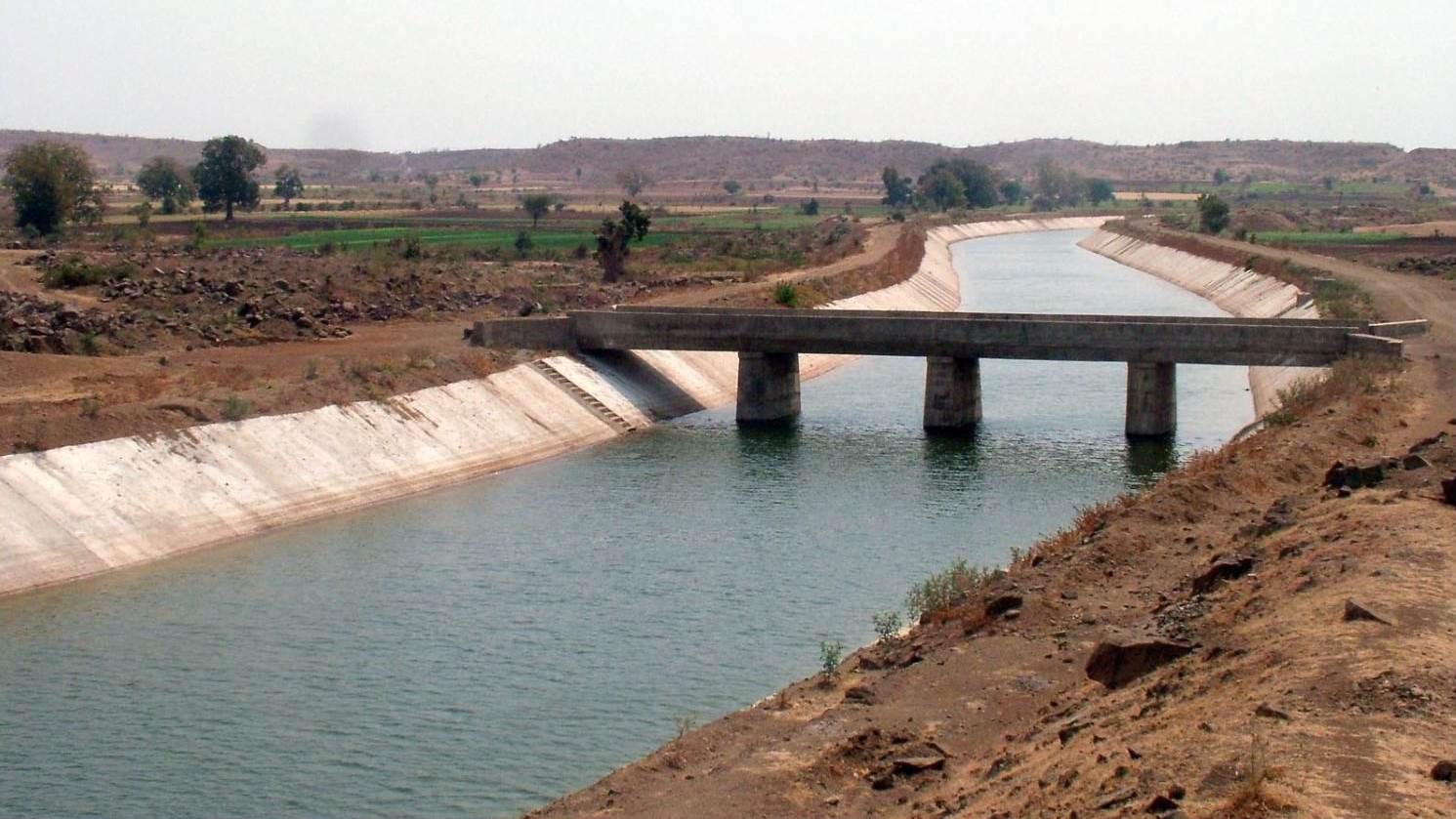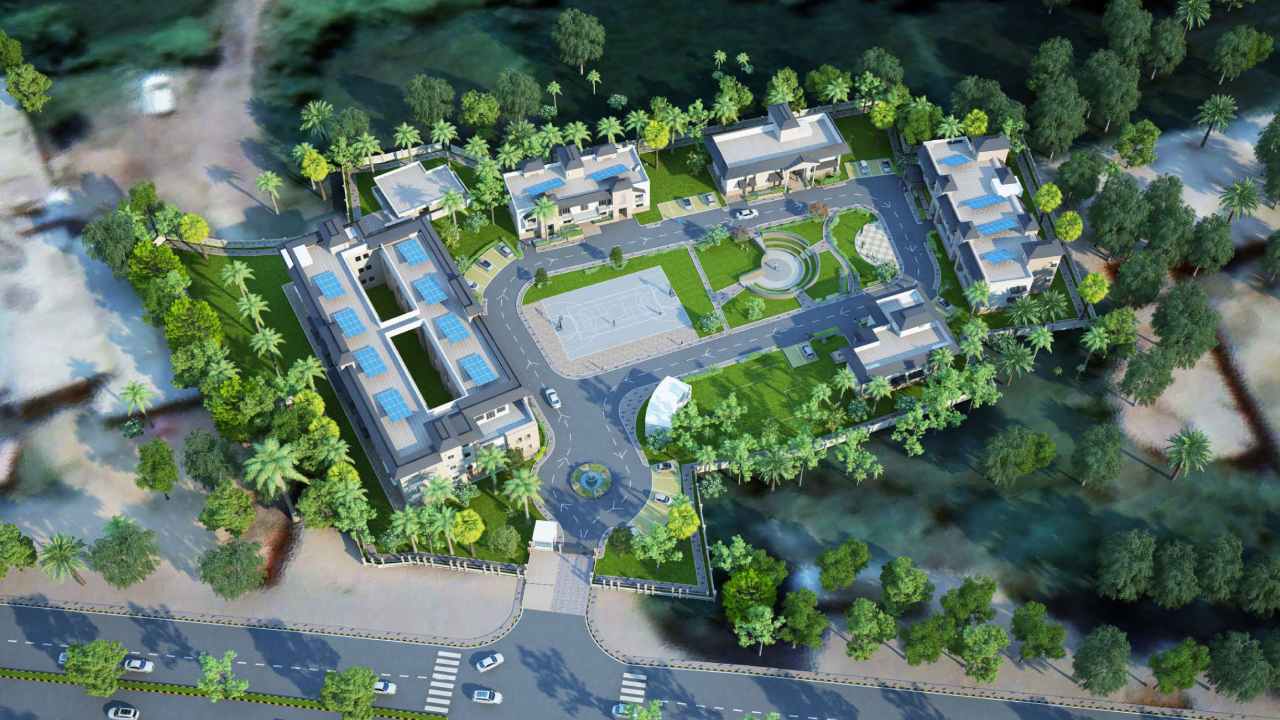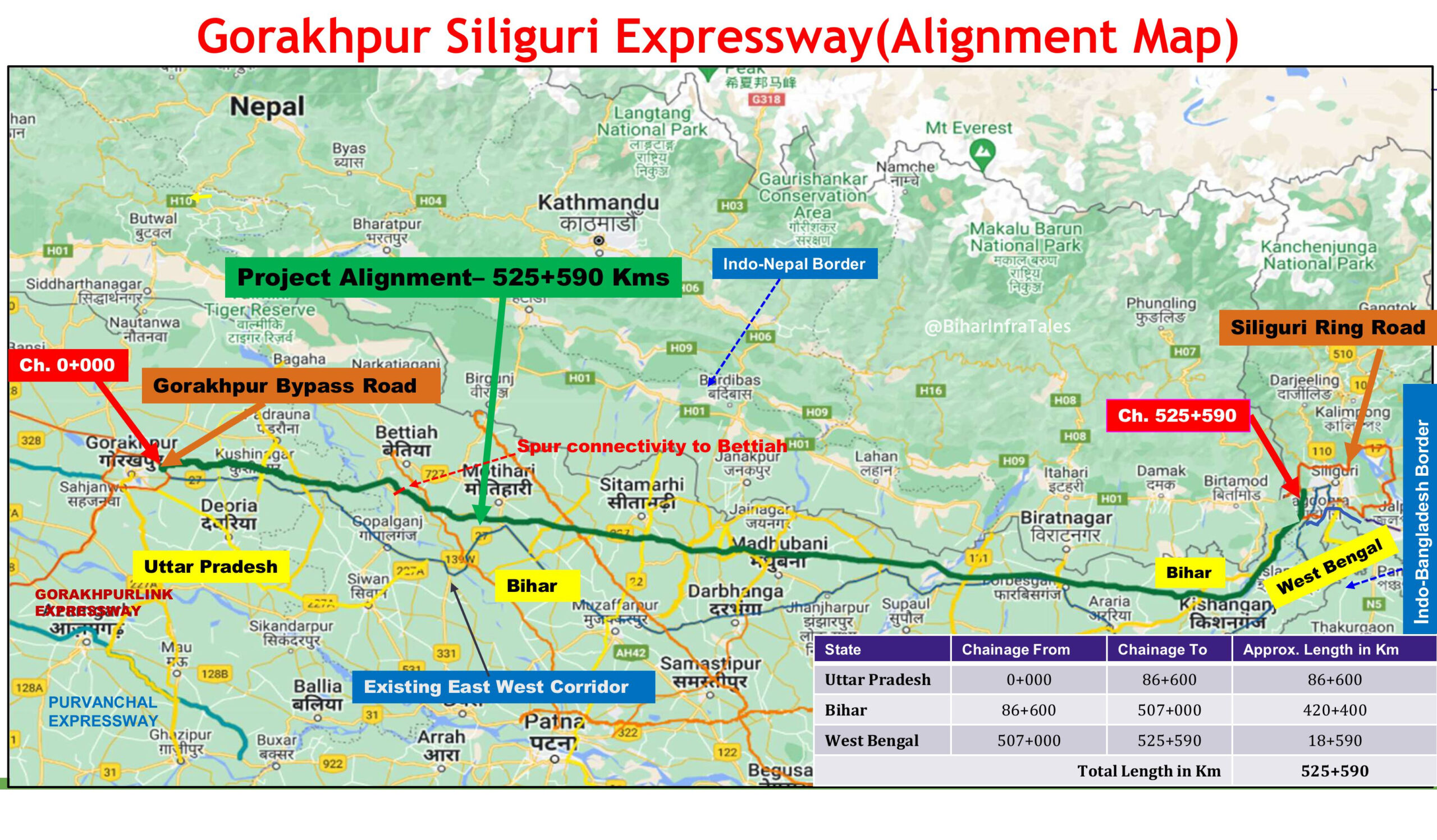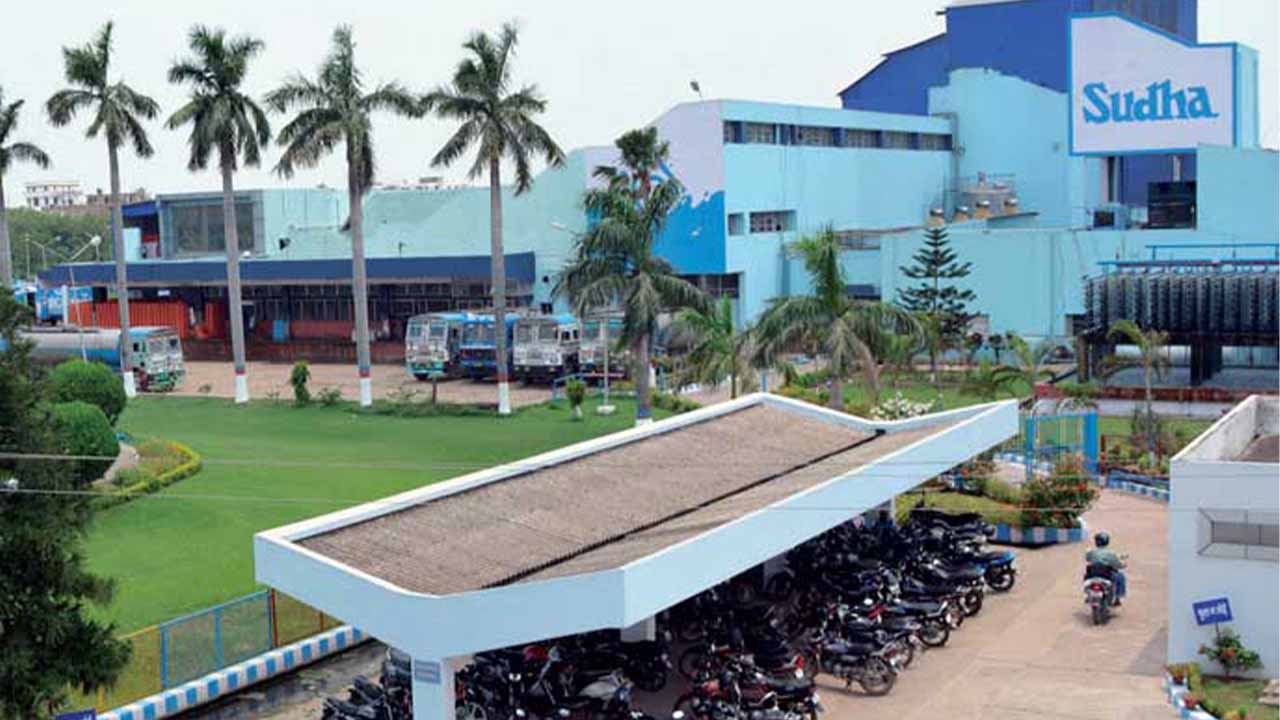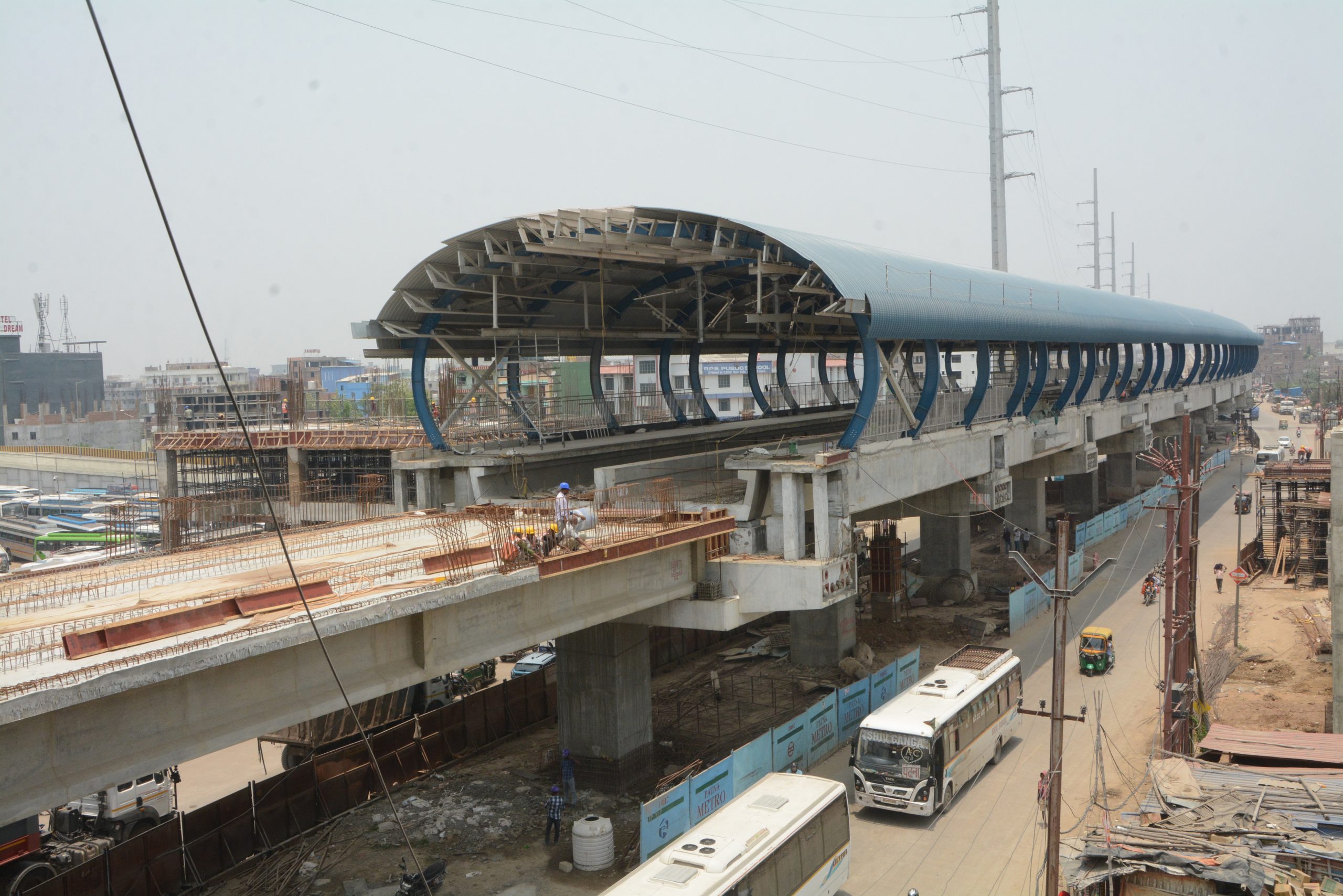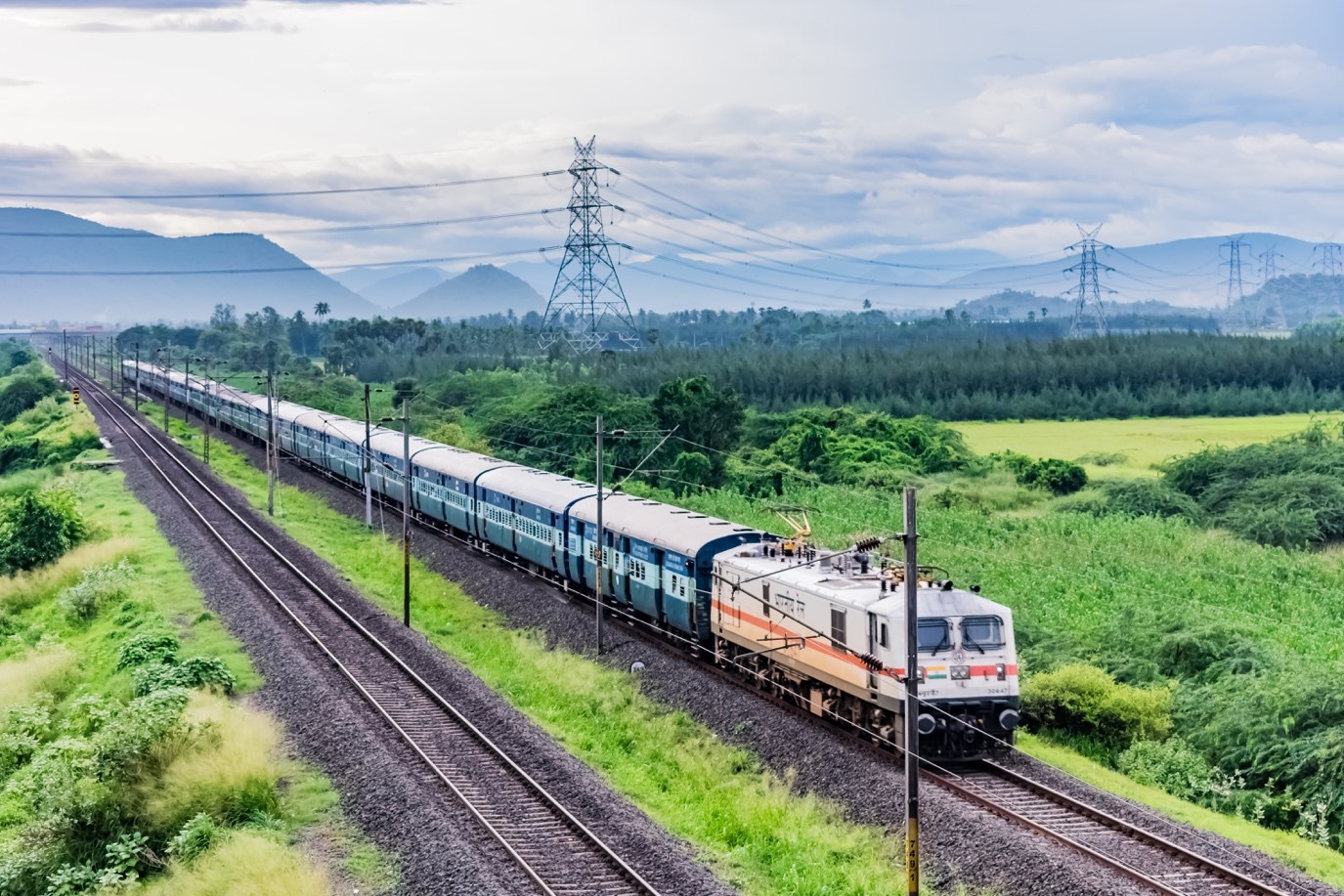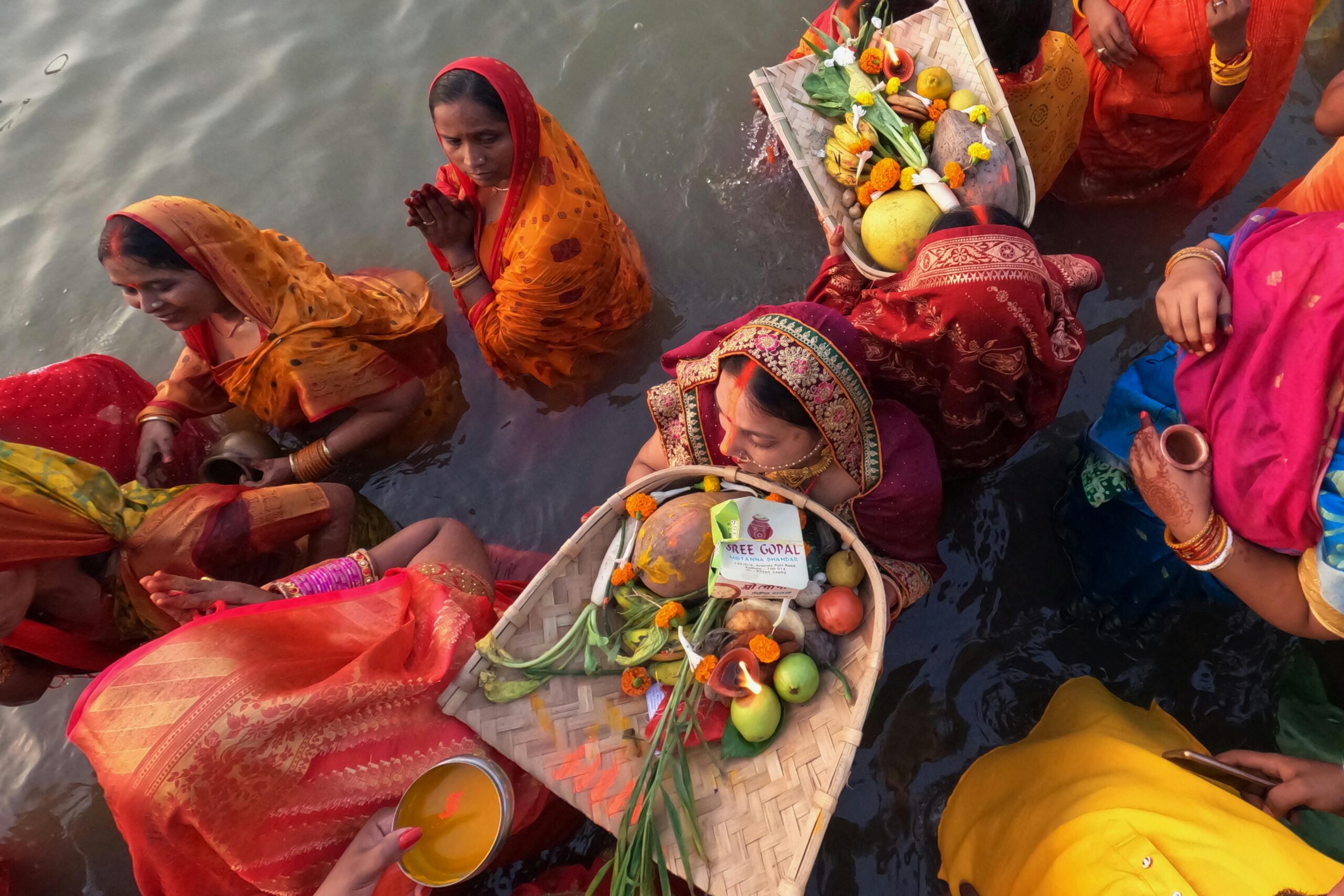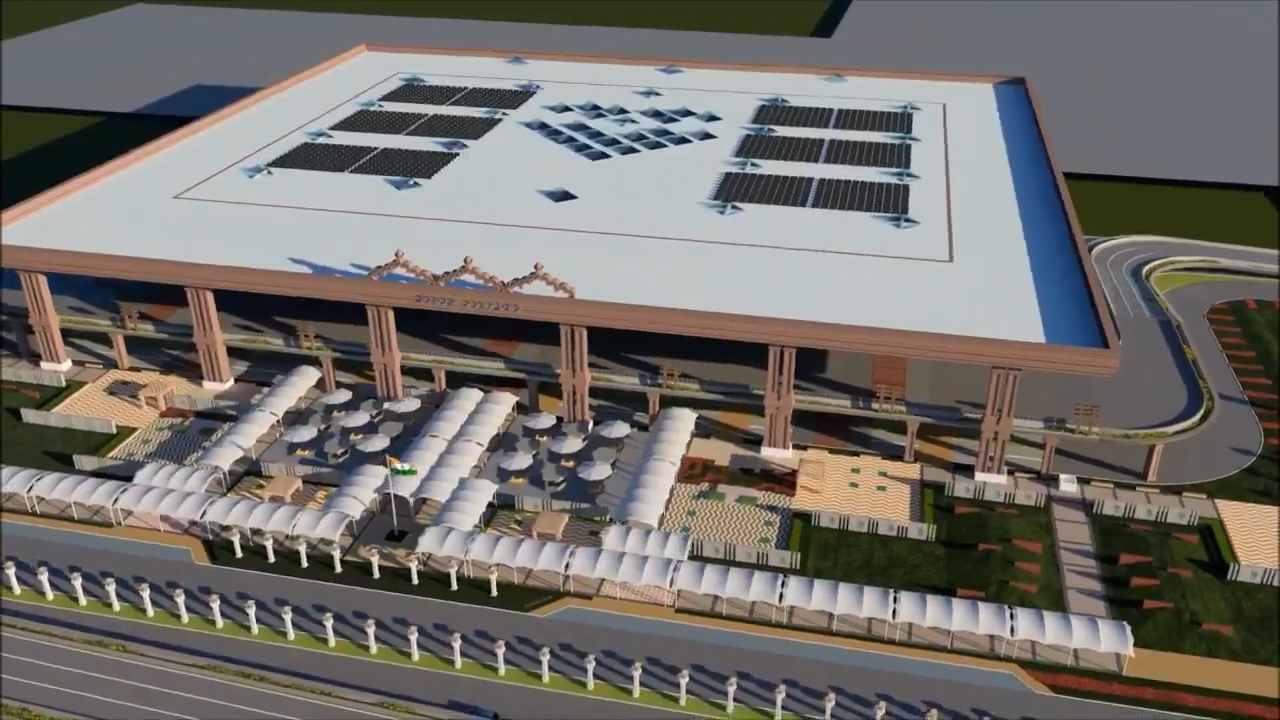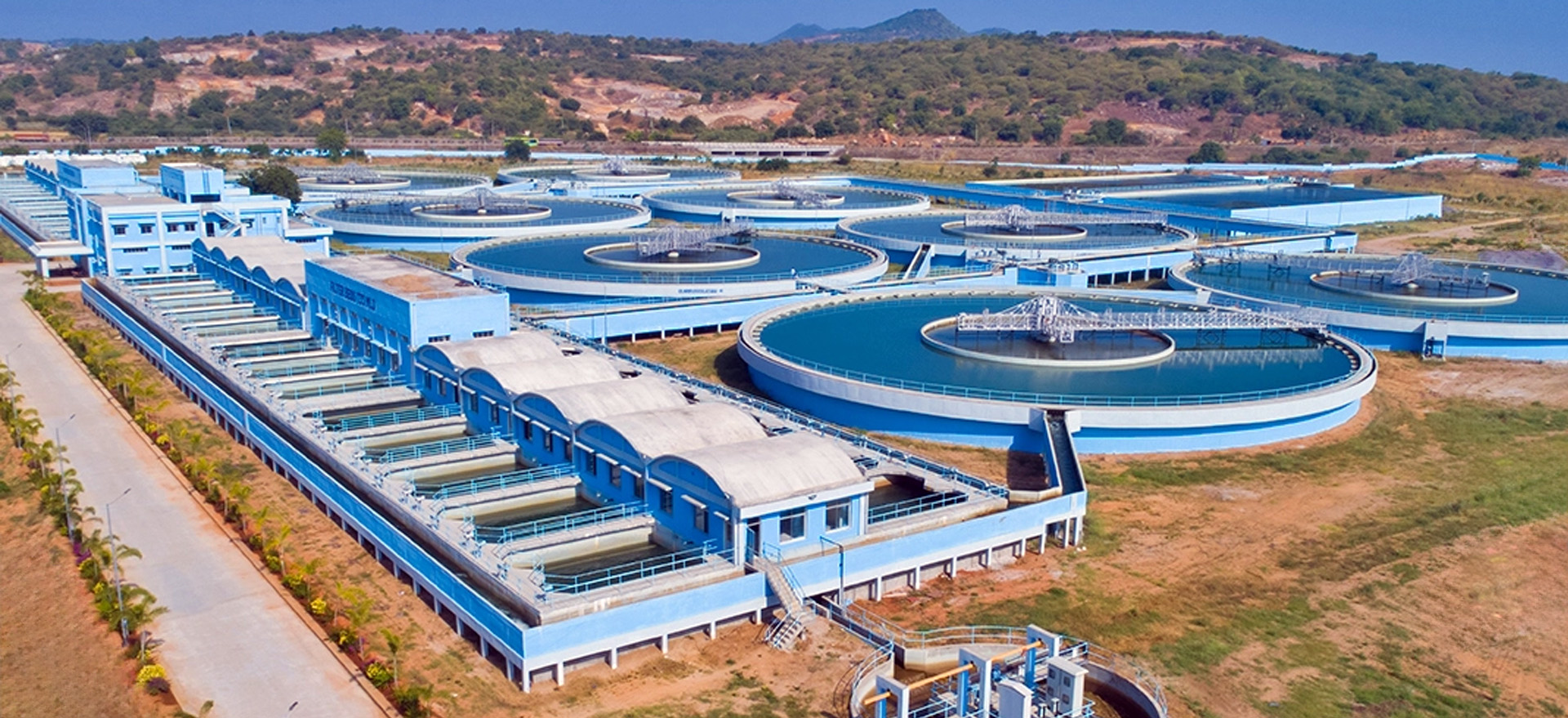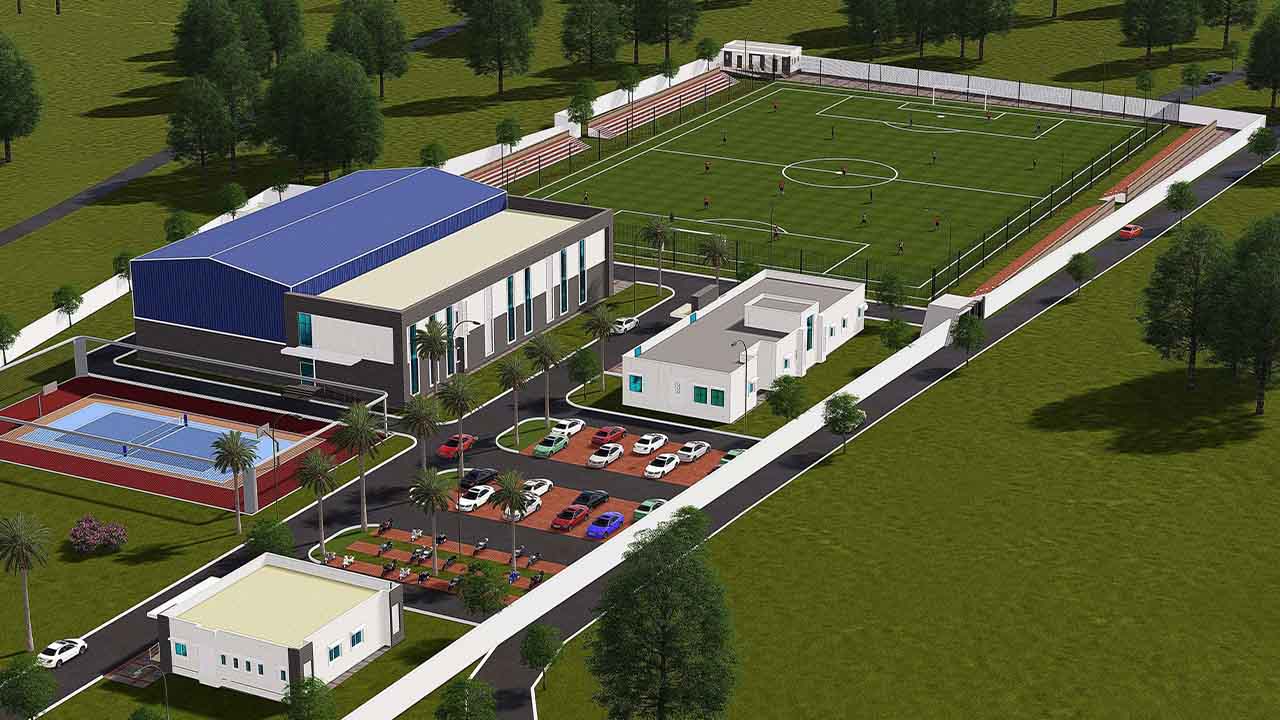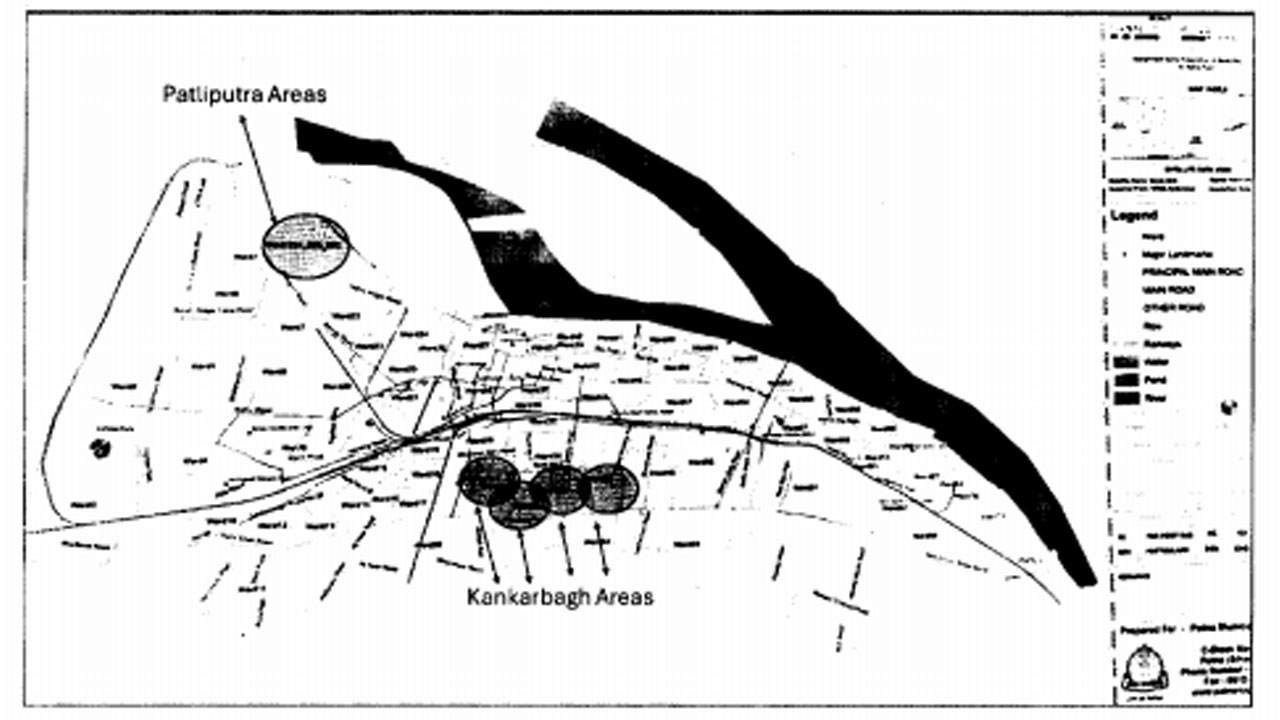The Water Resources Department (WRD), Government of Bihar, has floated a tender for a massive infrastructure project focused on the modernization of the Eastern Kosi Main Canal (EKMC) under Kosi Mechi Intrastate Link Project. This ambitious undertaking, valued at ₹2,682.74 crore, is to be executed on a turnkey basis.
The project’s primary objective is to revamp the irrigation infrastructure in the region, ensuring efficient water management and sustainable agricultural practices. The initiative aligns with Bihar’s commitment to modernizing its water resources and improving irrigation coverage across the state.
Project Funding and Key Terms
The funding for this project will be fully provided by the Government of Bihar through its Water Resources Department. The tender specifies a defect liability period of 60 months after successful project completion, ensuring long-term accountability. Additionally, a trial run will be conducted for a full Kharif or Rabi irrigation season after the scheme’s completion, followed by an operations and maintenance period of another 60 months.
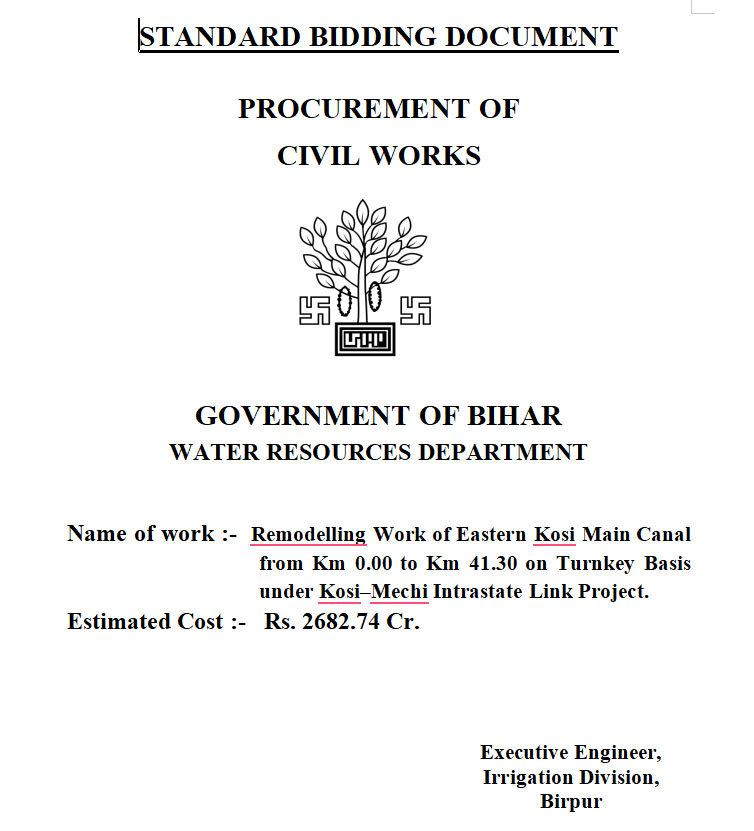
Scope of Work and Infrastructure Components
The scope of work includes comprehensive planning, survey, investigation, design, and drawing, along with obtaining necessary approvals from competent authorities. It covers extensive earthwork and desiltation, lining of canals, dismantling and reconstruction of various hydraulic structures, and the development of access and service roads.
Significant infrastructure upgrades include five cross regulators cum head regulators, nine head regulators, seven canal siphons, one drainage siphon, six single-lane road bridges with associated structures, four village road bridges, five SLRs, and one foot overbridge. The construction of a cross drain beneath the canal at Chanda village, jetty and pipeline systems for silt disposal from the settling basin between Km 1.15 and Km 2.67, and various other civil works are also integral components of the project.
Design Specifications and Survey Requirements
The Eastern Kosi Main Canal has been designed for a discharge capacity of 573.00 cumecs at its origin (0.00 Km) and 237.64 cumecs at 41.30 Km. To meet this specification, detailed geological and hydrological surveys will be conducted. These include topographical surveys, model studies of the settling basin, and consultations with institutions like CWPRS, IITs, or NITs.
The construction design and drawing will be prepared by the agency and vetted by authoritative bodies like CWC or IITs. The alignment of the remodeled canal will be finalized, and comprehensive construction drawings and designs will be submitted in both hard and soft formats for review.
Quality Control and Land Acquisition
In addition to design and civil works, the project mandates stringent quality control procedures. All materials used will undergo testing in NABL-accredited laboratories, and a site-based quality control laboratory will be established with modern equipment. Estimates will be prepared based on approved designs, WRD SOR and RCD SOR standards, IS codes, and departmental circulars. Where necessary, land acquisition will follow the consent-based purchase policy or prevailing government guidelines.
Operations and Maintenance Post-Completion
Routine maintenance activities for the canal and its structures, extending from Km 0.00 to Km 41.30, are included in the project scope. These maintenance tasks will be carried out in accordance with WRD norms for a period of five years post-completion. Silt removal using four dredgers from settling basins and silt ejector channels, including their ongoing maintenance, will also be undertaken over a span of 60 months.
Earthwork and Desiltation
The earthwork and desiltation efforts encompass excavation with defined cross-sections as per approved specifications. Various types of equipment such as tractors, excavators, and rollers will be deployed to ensure accurate profiling and compacting of the canal banks. The desilted earth will be disposed of properly away from the canal banks, adhering to environmental management guidelines.
Canal Lining and Structural Reconstruction
The lining of the canal will be carried out in multiple segments between Km 3.81 and Km 41.30. The work will include PCC lining with graded stone chips and coarse sand, formwork, PVC valves, water stops, CNS soil layers, and all allied civil components. Structural dismantling and reconstruction will be carried out at specified locations for head regulators, cross regulators, canal siphons, and a syphon aqueduct.
Head Regulators, Cross Regulators, and Canal Siphons
Notably, 13 head regulators, including those at Bhenga Dhar, Haiya Dhar, Murliganj Branch Canal, and others, will be reconstructed. Each will be designed to handle specific discharge capacities, ranging from 1.22 cumecs to over 286 cumecs. Similarly, five cross regulators and seven canal siphons will be reconstructed to match updated discharge specifications.
Bridges, Roads, and Environmental Measures
The project also includes the construction of SLR bridges and communication infrastructure such as access roads. Environmental and ecological sustainability are integral to the design, with plans for silt disposal management, land stabilization, and public health safeguards. Special focus will be given to constructing a drainage system in Chanda and other critical command areas, including cross drainage channels and new drains based on approved designs.
Project Impact and Timeline
Upon completion, this project is expected to dramatically enhance the irrigation infrastructure of Bihar, particularly benefiting agricultural productivity in the command areas of the Kosi-Mechi Link project. With a completion timeline of three years and comprehensive post-completion support, the Eastern Kosi Main Canal modernization is poised to become a flagship development in Bihar’s water resource management strategy.

